🍂🍁🍂🍁🌇
🍂🍁🍂🍁🌇

More Posts from Monstrous-mind and Others
Soon... Very soon 🌬🍃🍁🍂🎃🍂🍁🐈

🍃🍁🍂🎃🍂🍁🐈🌄🎃💀




Roger Williams Park, Providence, RI. Photos by Frank C. Grace
🔭🌌🍂🍁

Stars and Dust in Corona Australis (NASA)
🌄🍁🍂🎃🍂🍁🐾🐈


source

Momma Oryctrodromeus stays in the burrow with her babies while Papa goes outside to tell the stinky mammal to get off their lawn.
Read more about them here
🌄🌬🍁🍂🎃🍂🍁🍃💙





Japanese Autumnal Wordporn

Spotted: signs of a planet about 28 million light-years away 🔎 🪐
For the first time, astronomers may have detected an exoplanet candidate outside of the Milky Way galaxy. Exoplanets are defined as planets outside of our Solar System. All other known exoplanets and exoplanet candidates have been found in the Milky Way, almost all of them less than about 3,000 light-years from Earth.
This new result is based on transits, events in which the passage of a planet in front of a star blocks some of the star's light and produces a characteristic dip. Researchers used our Chandra X-ray Observatory to search for dips in the brightness of X-rays received from X-ray bright binaries in the spiral galaxy Messier 51, also called the Whirlpool Galaxy (pictured here). These luminous systems typically contain a neutron star or black hole pulling in gas from a closely orbiting companion star. They estimate the exoplanet candidate would be roughly the size of Saturn, and orbit the neutron star or black hole at about twice the distance of Saturn from the Sun.
This composite image of the Whirlpool Galaxy was made with X-ray data from Chandra and optical light from our Hubble Space Telescope.
Credit: X-ray: NASA/CXC/SAO/R. DiStefano, et al.; Optical: NASA/ESA/STScI/Grendler
Make sure to follow us on Tumblr for your regular dose of space!
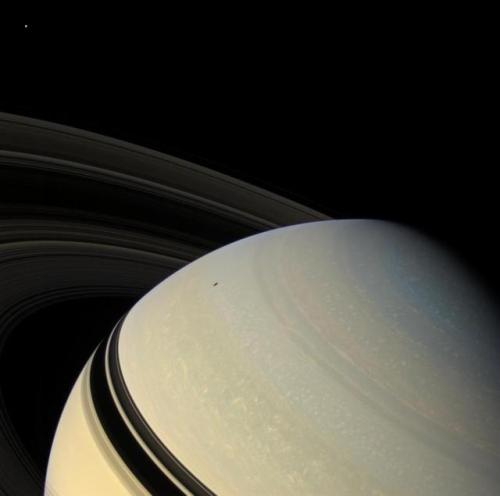
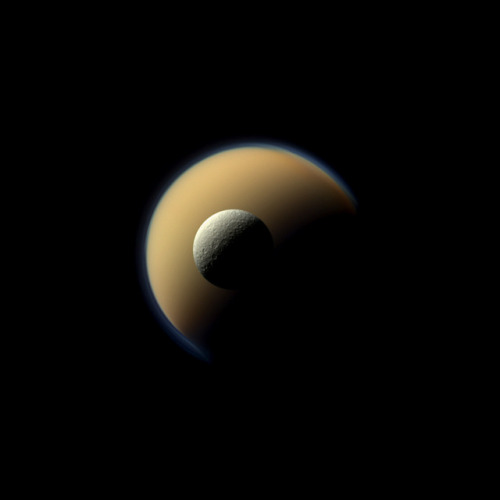
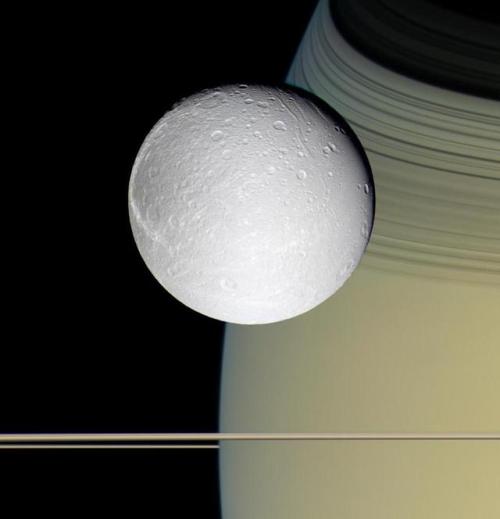
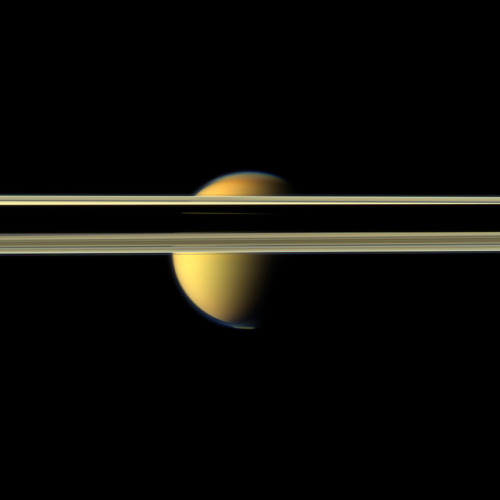
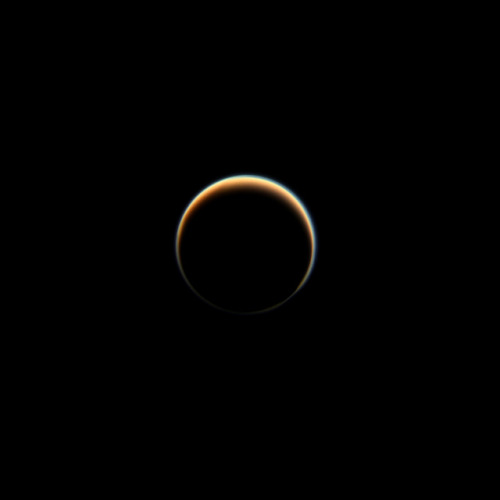
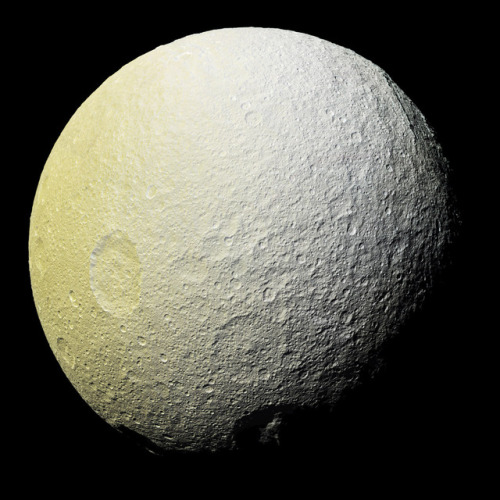
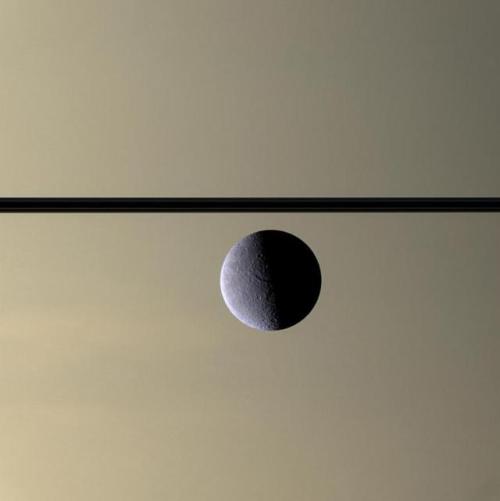

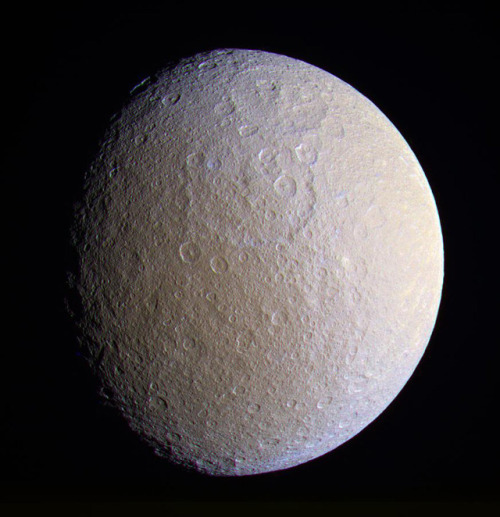
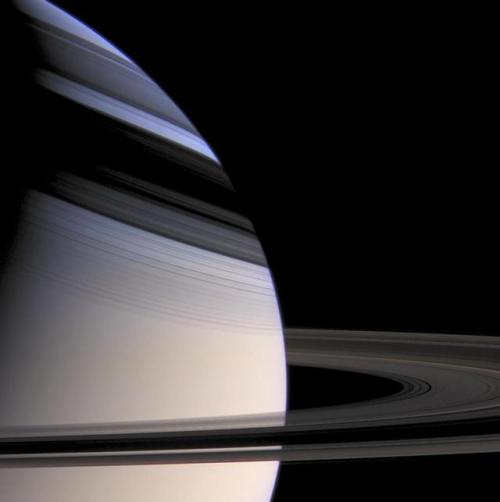
Saturn and its moons
Image credit: NASA/JPL-Caltech
The diversity of worlds in our solar system (climate and geology)…

The Great Red Spot is a persistent high-pressure region in the atmosphere of Jupiter, producing an anticyclonic storm 22° south of the planet’s equator. It has been continuously observed for 188 years, since 1830. Earlier observations from 1665 to 1713 are believed to be of the same storm; if this is correct, it has existed for at least 350 years. Such storms are not uncommon within the turbulent atmospheres of gas giants.

With over 400 active volcanoes, Io is the most geologically active object in the Solar System. This extreme geologic activity is the result of tidal heating from friction generated within Io’s interior as it is pulled between Jupiter and the other Galilean satellites—Europa, Ganymede and Callisto.

Europa has the smoothest surface of any known solid object in the Solar System. The apparent youth and smoothness of the surface have led to the hypothesis that a water ocean exists beneath it, which could conceivably harbor extraterrestrial life.

Neptune, the eighth and farthest planet from the sun, has the strongest winds in the solar system. At high altitudes speeds can exceed 1,100 mph. That is 1.5 times faster than the speed of sound. In 1989, NASA’s Voyager 2 spacecraft made the first and only close-up observations of Neptune.

Ganymede is the largest and most massive moon of Jupiter and in the Solar System. Possessing a metallic core, it has the lowest moment of inertia factor of any solid body in the Solar System and is the only moon known to have a magnetic field. (Sounds of Ganymede’s magnetosphere).

Saturn’s hexagon is a persisting hexagonal cloud pattern around the north pole of Saturn, located at about 78°N. The sides of the hexagon are about 13,800 km (8,600 mi) long, which is more than the diameter of Earth (about 12,700 km (7,900 mi)).

Miranda’s surface has patchwork regions of broken terrain indicating intense geological activity in Miranda’s past, and is criss-crossed by huge canyons. It also has the largest known cliff in the Solar System, Verona Rupes, which has a height of over 5 km (3.1 mi).
Some of Miranda’s terrain is possibly less than 100 million years old based on crater counts, which suggests that Miranda may still be geologically active today.

Enceladus is the sixth-largest moon of Saturn. It is about 500 kilometers (310 mi) in diameter, about a tenth of that of Saturn’s largest moon, Titan. Evidence of liquid water on Enceladus began to accumulate in 2005, when scientists observed plumes containing water vapor spewing from its south polar surface, with jets moving 250 kg of water vapor every second at up to 2,189 km/h (1,360 mph) into space.

Titan is the largest moon of Saturn. It is the only moon known to have a dense atmosphere, and the only object in space, other than Earth, where clear evidence of stable bodies of surface liquid has been found.

Triton is one of the few moons in the Solar System known to be geologically active (the others being Jupiter’s Io and Europa, and Saturn’s Enceladus and Titan). As a consequence, its surface is relatively young with few obvious impact craters, and a complex geological history revealed in intricate cryovolcanic and tectonic terrains. Part of its surface has geysers erupting sublimated nitrogen gas, contributing to a tenuous nitrogen atmosphere less than 1/70,000 the pressure of Earth’s atmosphere at sea level.
source: wikipedia~
image credit: data and images from NASA
-
 rabbitprint reblogged this · 5 months ago
rabbitprint reblogged this · 5 months ago -
 foxfoxwolf reblogged this · 7 months ago
foxfoxwolf reblogged this · 7 months ago -
 muttsterion reblogged this · 8 months ago
muttsterion reblogged this · 8 months ago -
 muttsterion liked this · 8 months ago
muttsterion liked this · 8 months ago -
 midnight-lovestruck reblogged this · 8 months ago
midnight-lovestruck reblogged this · 8 months ago -
 hekate-the-crone liked this · 8 months ago
hekate-the-crone liked this · 8 months ago -
 lovvepeace liked this · 8 months ago
lovvepeace liked this · 8 months ago -
 fluttershy1765 liked this · 8 months ago
fluttershy1765 liked this · 8 months ago -
 gwynteddy liked this · 8 months ago
gwynteddy liked this · 8 months ago -
 holidaysandkraftsandstuff reblogged this · 8 months ago
holidaysandkraftsandstuff reblogged this · 8 months ago -
 aaaxoxo liked this · 8 months ago
aaaxoxo liked this · 8 months ago -
 lovelysunflowerx3 reblogged this · 8 months ago
lovelysunflowerx3 reblogged this · 8 months ago -
 anchesetuttinoino liked this · 8 months ago
anchesetuttinoino liked this · 8 months ago -
 monstrous-mind reblogged this · 8 months ago
monstrous-mind reblogged this · 8 months ago -
 monstrous-mind liked this · 8 months ago
monstrous-mind liked this · 8 months ago -
 wwwjaustendo liked this · 8 months ago
wwwjaustendo liked this · 8 months ago -
 percyjacksonwriter reblogged this · 8 months ago
percyjacksonwriter reblogged this · 8 months ago -
 percyjacksonwriter liked this · 8 months ago
percyjacksonwriter liked this · 8 months ago -
 georgiacroome96 liked this · 8 months ago
georgiacroome96 liked this · 8 months ago -
 druggonaut liked this · 8 months ago
druggonaut liked this · 8 months ago -
 autumncolours reblogged this · 8 months ago
autumncolours reblogged this · 8 months ago
My ambition is handicapped by laziness. -C. Bukowski Me gustan las personas desesperadas con mentes rotas y destinos rotos. Están llenos de sorpresas y explosiones. -C. Bukowski. I love cats. Born in the early 80's, raised in the 90's. I like Nature, Autumn, books, landscapes, cold days, cloudy Windy days, space, Science, Paleontology, Biology, Astronomy, History, Social Sciences, Drawing, spending the night watching at the stars, Rick & Morty. I'm a lazy ass.
222 posts